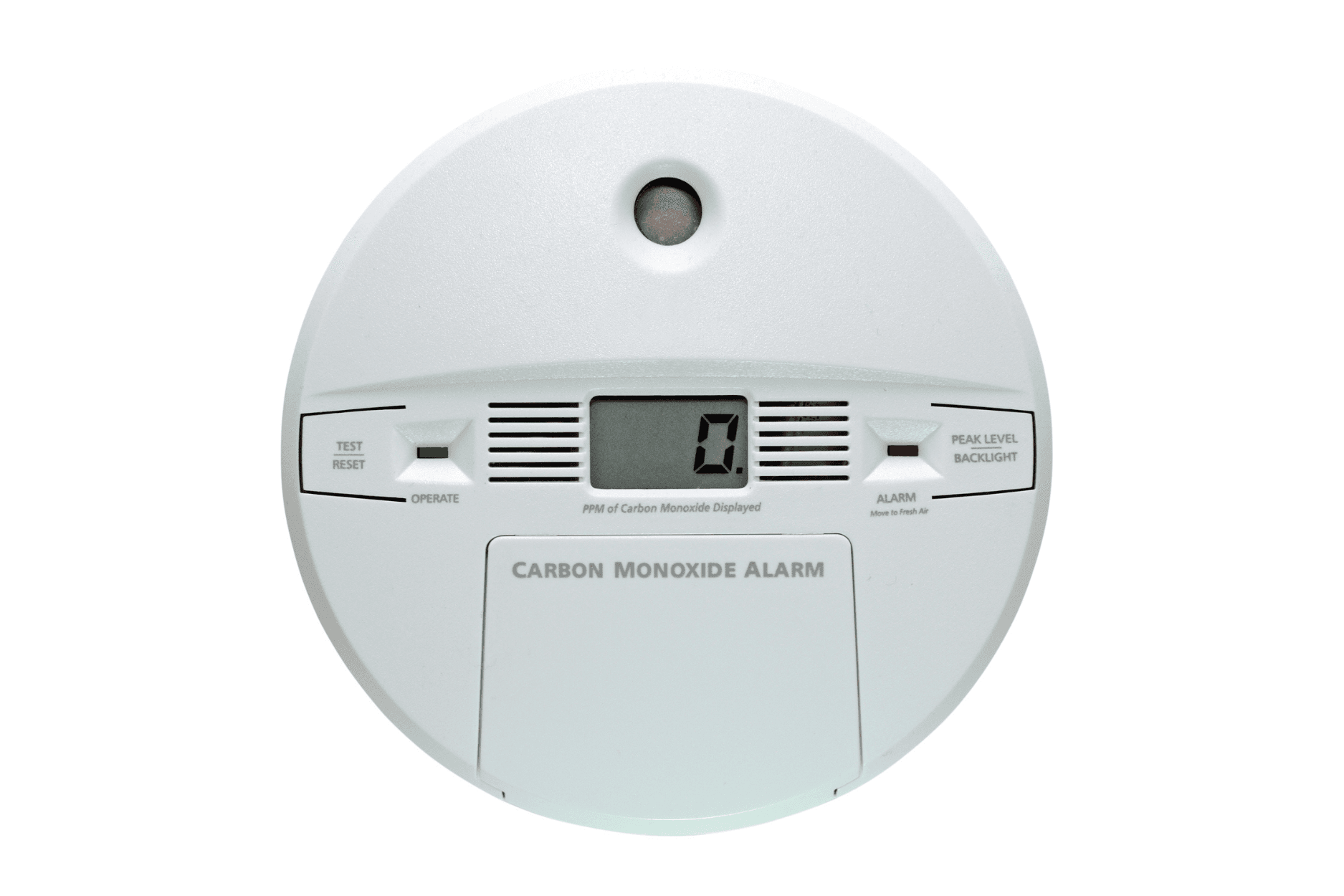RECENT SEARCHES

What Is Carbon Monoxide?
Carbon Monoxide (CO) is an odorless, colorless, and tasteless gas that may cause serious injury or death. The U.S. Environmental Protection Agency (EPA) warns that CO can be harmful, when inhaled in large amounts.
The EPA also states sources of CO can include:
- Gas stoves, boilers, or furnaces that are improperly vented or not operating correctly
- Back-drafting from furnaces, gas water heaters, wood stoves, and fireplaces
- Unvented kerosene and gas space heaters
- Automobile exhaust from attached garages or structures
- Other portable equipment intended for outdoor use such as generators, grills, and heaters

Carbon Monoxide Detectors
The U.S. Consumer Product Safety Commission and Atmos Energy recommend that consumers install carbon monoxide detectors and advise that a carbon monoxide alarm can provide added protection. CO detectors are not, however, a substitute for proper use and upkeep of appliances that can produce CO.
As of January 2017, 27 states and the District of Columbia require carbon monoxide detectors in private homes, according to the National Conference of State Legislatures. For more information about local, state and federal guidelines for carbon monoxide detectors inside a home, visit their website.
The U.S. Fire Administration recommends installation and maintenance of CO alarms in a central location, outside each sleeping area and on every level of your home to provide early warning of CO. You may also contact your state fire marshal’s office for information.
Preventing Carbon Monoxide Buildup
It is most important to be sure combustion equipment is maintained and properly adjusted. Vehicular use should be carefully managed adjacent to buildings and in vocational programs. Additional ventilation can be used as a temporary measure when high levels of CO are expected for short periods of time.
- Keep gas appliances properly adjusted.
- Consider purchasing a vented space heater when replacing an unvented one.
- Use proper fuel in kerosene space heaters.
- Install and use an exhaust fan vented to outdoors over gas stoves.
- Open flues when fireplaces are in use.
- Choose properly sized wood stoves that are certified to meet EPA emission standards. Make certain that doors on all wood stoves fit tightly.
- Have a trained professional inspect, clean and tune-up central heating system (furnaces, flues and chimneys) annually.
- Repair any leaks promptly.
- Do not idle the car inside garage.
Signs of Carbon Monoxide Poisoning
According to the Center for Disease Control (CDC), the most common symptoms of CO poisoning are often described as “flu-like” and common symptoms include:
- Headache
- Dizziness
- Weakness
- Upset stomach
- Vomiting
- Chest pain
- Confusion
If someone you know experiences these symptoms and you think they have been exposed to carbon monoxide, the EPA recommends you do the following:
- Leave the building and get fresh air immediately.
- Call 911 or seek emergency medical attention.
- Open doors and windows.
- Turn off stoves, ovens, heaters and similar appliances.
- Call a poison center immediately at 800.222.1222 and the center’s experts will let you know if further medical attention is required.
For More Information
Information on this site was gathered from industry-leading safety and government agencies. If you suspect carbon monoxide poisoning, leave the area immediately and from a safe distance call 911.
Atmos Energy’s emergency line is also available at 866.322.8667.
Atmos Energy is engaged in regulated utility operations. Atmos Energy Corporation. All Rights Reserved.